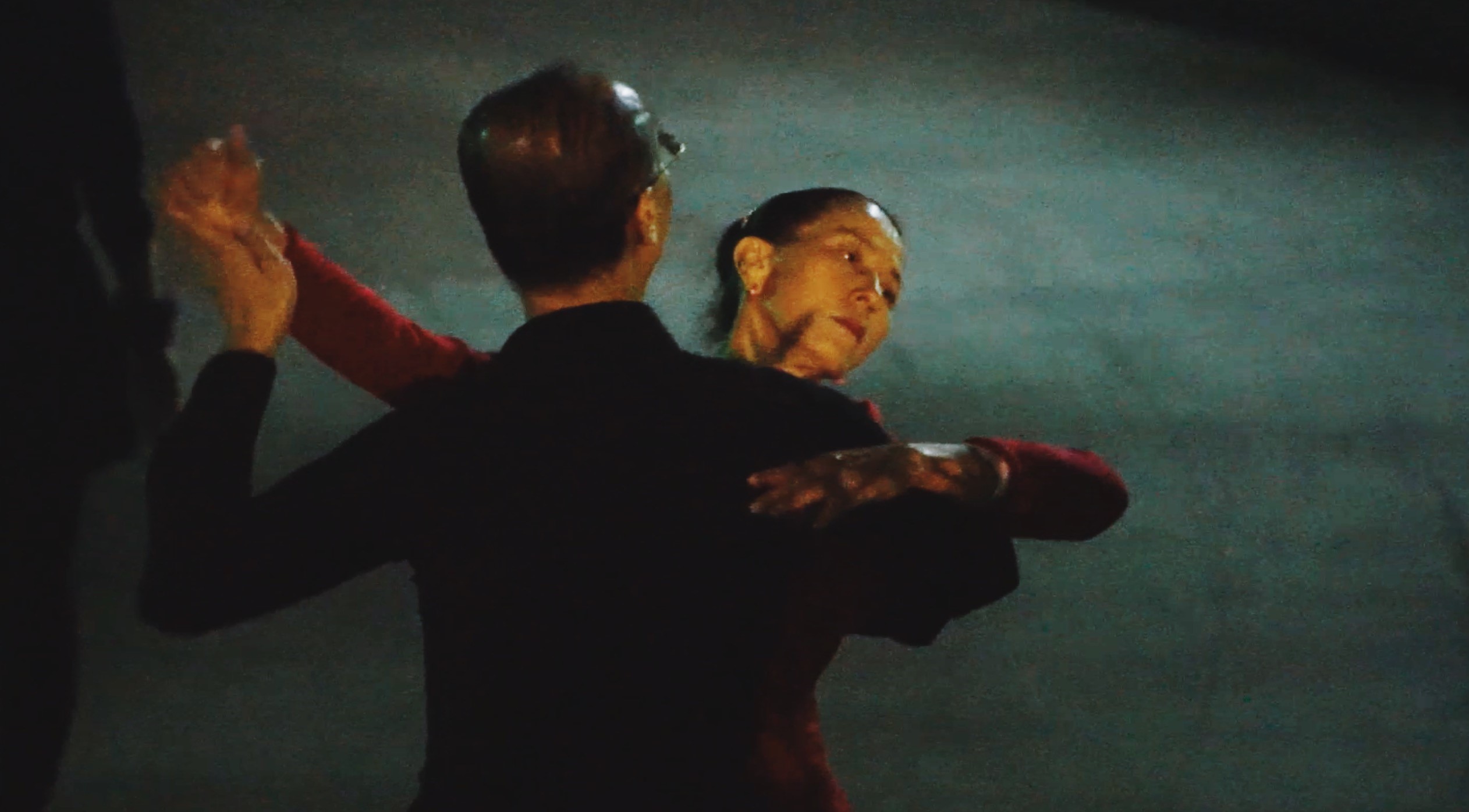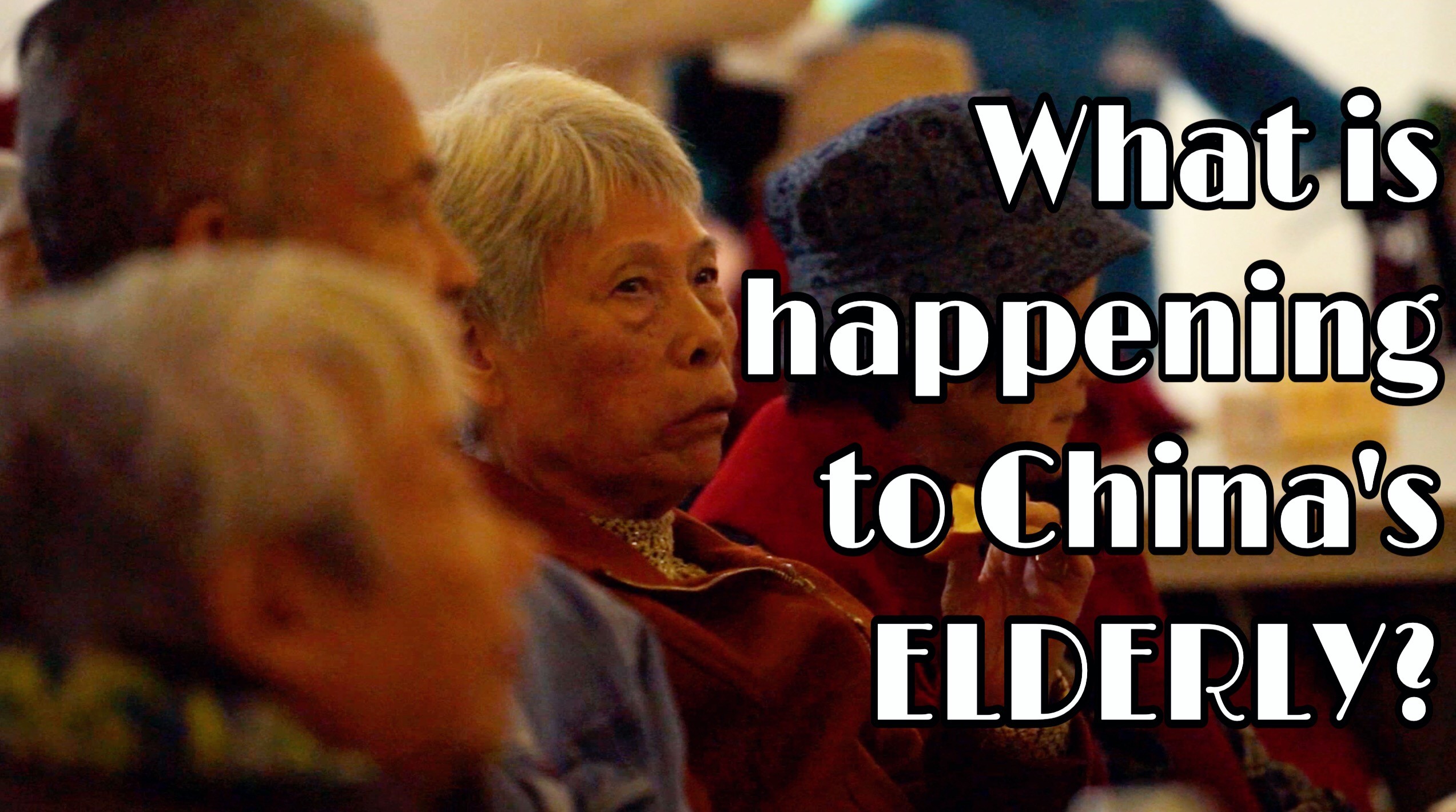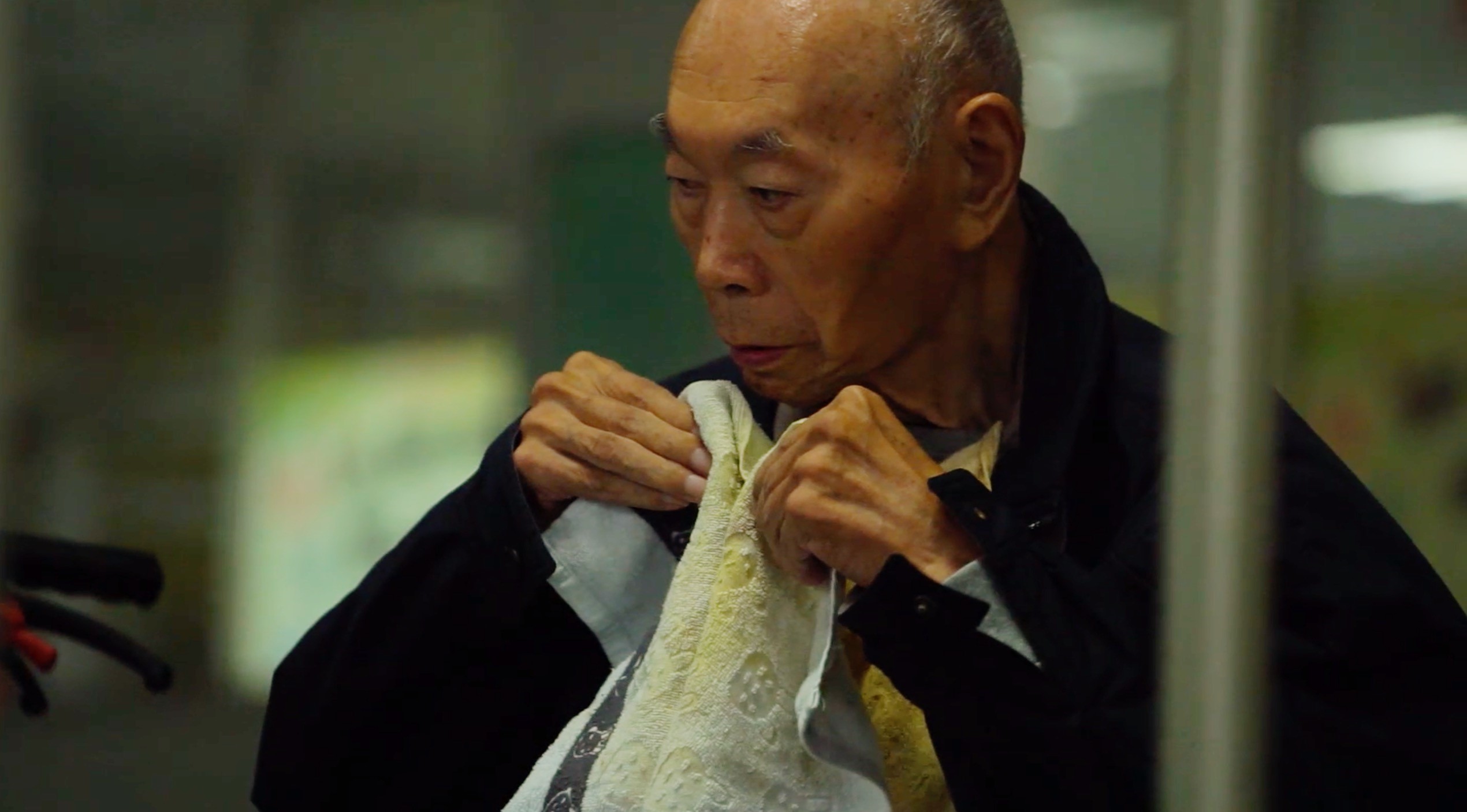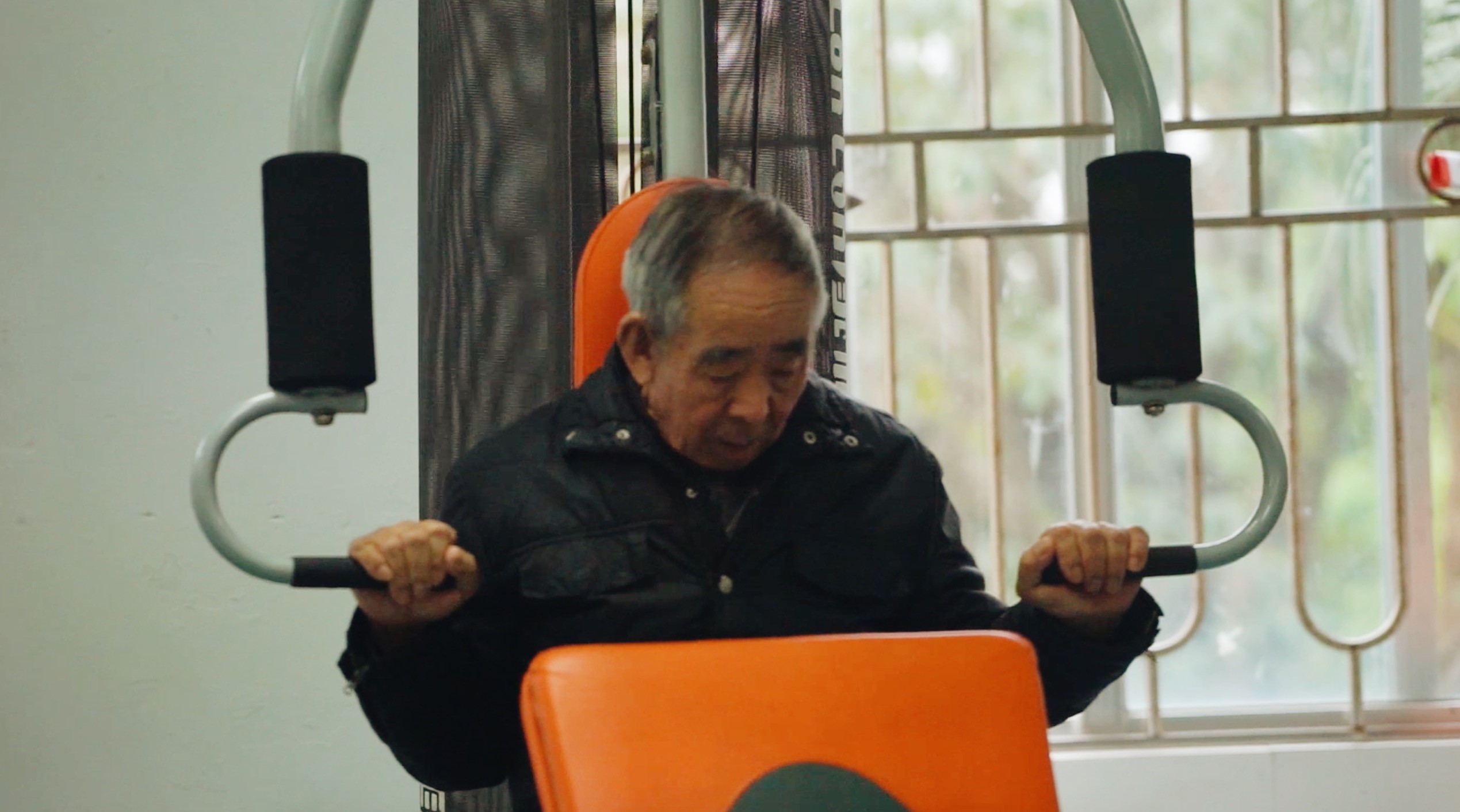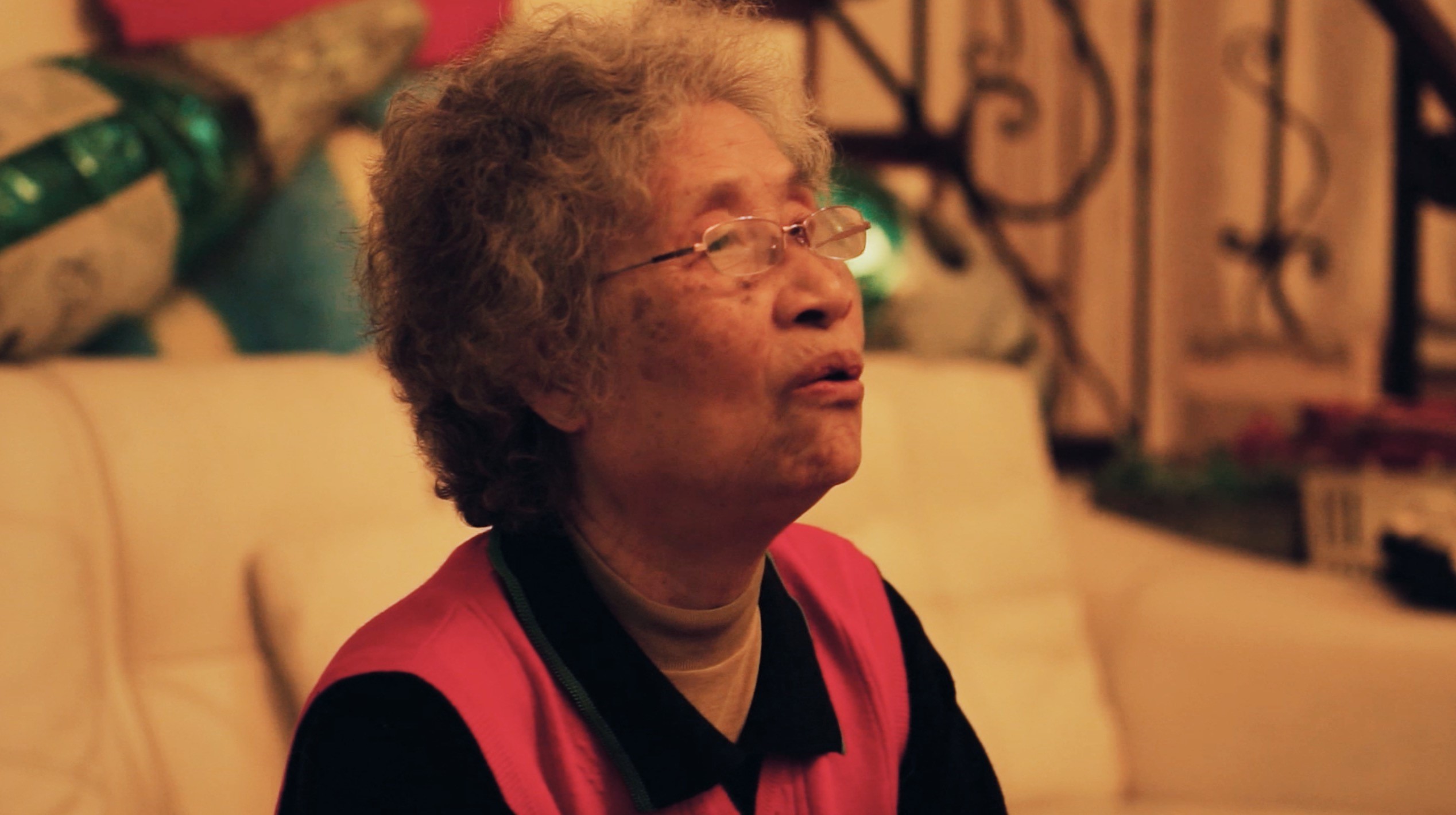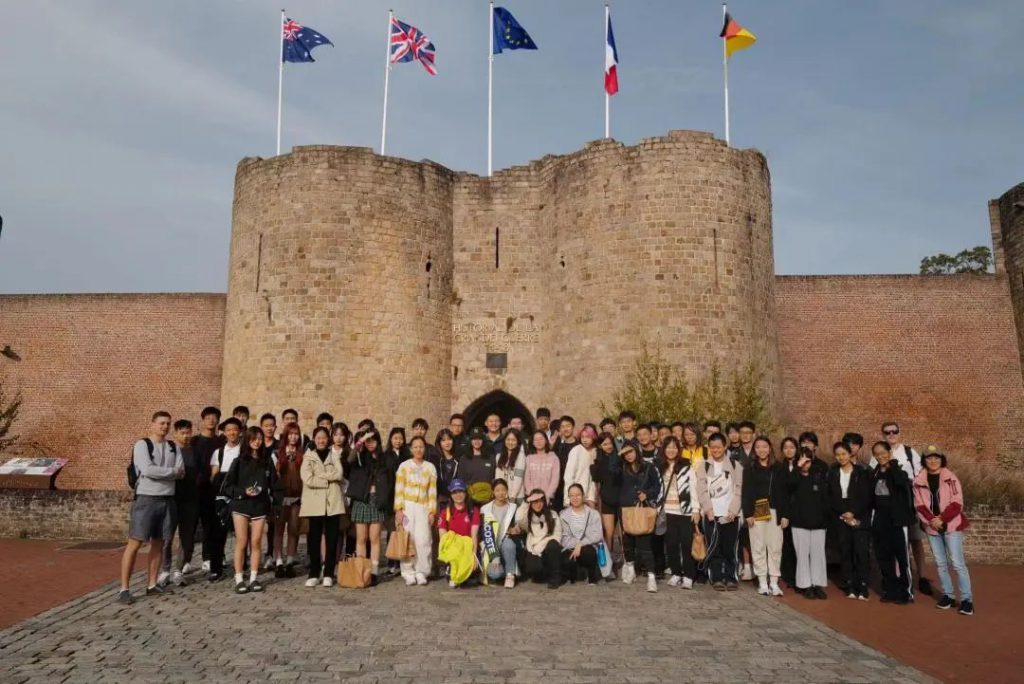
Belgium and France
What better way there is to start the trip than a bit of Gothicism? The bombed but reconstructed Lakenhalle in Ypres, Belgium holds the In Flanders Fields Museum of World War 1. It held political cartoons from newspapers telling of political narratives of the Triple Entente, propaganda used to recruit “heroes” to the war fronts, and full sets of equipment men used to sport. Gas masks and shells were coated in mustard-green lighting. An exhibition also included a rusty machine gun resting on top of a mountain of rusted, empty bullet shells. Each bullet that hit a soldier either took a life or left little for what was left of it, as proved by the medical apparatus exhibited. Aside from surgical knives and scissors, the only tool left was a hacksaw, for amputation. Salvaging limbs was impossible, as the conditions of the war were too egregious to manage.
We continued or exploration of World War 1 in the Péronne region of France. The Historial de la Grande Guerre. The museum brought, into our view, the lives of the individual. In prison camps, delicately carved chess sets created in war prisons quantified boredom. Soldiers of all sides had the bare necessities, including a coat, rations, dining equipment, a gas mask to strap on, and a rifle. All soldiers carried a photo of their lover or family in a private pocket, close to their hearts. The museum also held a unique collection of Otto Dix’s art also demonstrated the effect of war on the individual. Otto Dix was a German soldier who survived the war, but was later troubled by the traumatizing memories of World War 1. His art had various styles. The piece featured below created characters that stare through the fourth wall, to point the audience witness for the blobs of charred flesh.
We visited the Lochnager Crater in the afternoon. It was a scar of the battlefields left unhealed amongst the rolling hills. In its place used to be a German bunker. The British then replaced it with this crater by digging silently for miles and placing down 60,000 pounds of explosives. An even hemisphere of air 40 meters in diameter lie in its place now. Cameras don’t do the crater justice. Its power could only be felt in person.


Belgium and France
What better way there is to start the trip than a bit of Gothicism? The bombed but reconstructed Lakenhalle in Ypres, Belgium holds the In Flanders Fields Museum of World War 1. It held political cartoons from newspapers telling of political narratives of the Triple Entente, propaganda used to recruit “heroes” to the war fronts, and full sets of equipment men used to sport. Gas masks and shells were coated in mustard-green lighting. An exhibition also included a rusty machine gun resting on top of a mountain of rusted, empty bullet shells. Each bullet that hit a soldier either took a life or left little for what was left of it, as proved by the medical apparatus exhibited. Aside from surgical knives and scissors, the only tool left was a hacksaw, for amputation. Salvaging limbs was impossible, as the conditions of the war were too egregious to manage.
We continued or exploration of World War 1 in the Péronne region of France. The Historial de la Grande Guerre. The museum brought, into our view, the lives of the individual. In prison camps, delicately carved chess sets created in war prisons quantified boredom. Soldiers of all sides had the bare necessities, including a coat, rations, dining equipment, a gas mask to strap on, and a rifle. All soldiers carried a photo of their lover or family in a private pocket, close to their hearts. The museum also held a unique collection of Otto Dix’s art also demonstrated the effect of war on the individual. Otto Dix was a German soldier who survived the war, but was later troubled by the traumatizing memories of World War 1. His art had various styles. The piece featured below created characters that stare through the fourth wall, to point the audience witness for the blobs of charred flesh.
We visited the Lochnager Crater in the afternoon. It was a scar of the battlefields left unhealed amongst the rolling hills. In its place used to be a German bunker. The British then replaced it with this crater by digging silently for miles and placing down 60,000 pounds of explosives. An even hemisphere of air 40 meters in diameter lie in its place now. Cameras don’t do the crater justice. Its power could only be felt in person.


To top it all off for day 2, we visited the Thiepval Memorial and the 80,000 unfound soldiers it commemorates. A majestic, glorious temple has its walls carved with names, organized in regiments and regions of combat. 600 anonymous graves, 300 French and 300 British, lie in neat, well-kept rows on the lawn it overwatches, decorated with poppies, a flower of peace, sleep and death. This was the tip of the iceberg of trench warfare’s steep price.
Continuing the topic of day 2, we started with the Langemark Cemetery on day 3. The tall canopies of the trees shelter the lines of graves of German regiments. Each plate holds several names, as well as their respective places in the army, with a disturbing amount of them being pioneers. A mass grave holds those that were less fortunate. Above the mass graves stand bronze statues in mourning, surrounded by marble blocks carved with the names of 25,000 souls.


It is important to see war as an individual. The Passchendaele Memorial boasts a realistic imitation of trenches of World War 1, a small peak of the 1.8-meter-tall trenches that once added up to twice the length of the equator. The trenches were dug in zig-zags to minimize impacts of shells. Debris would be blocked by the walls. A firing row was built so soldiers could climb over for an offense or reach over to shoot. The German trenches utilized packed wooden branches to reinforce the dirt walls, while the British had the luxury of using steel. Underneath the trenches usually lie a system of tunnels for sleep and shelter. Medical amputations were carried out in certain rooms, while those who were unharmed slept on simple bunks. Things the trenches didn’t recreate, our guide informed us, was the buildup of watery, muddy slush in the trenches from the fertile, wet soil and the infestation of mice and lice.
The museum also housed an impressive collection of shells and mortars, all polished smooth. The immense variety rivals those of jewelry. The deadly golden shine is almost opulent.
Berlin
We travelled to Berlin on a cramped sleeper train. We then proceeded on a walking tour to see the surface of Berlin. We trudged past the Old Museum and the New Museum built by the Prussian monarchy simply for flexing. We caught a glimpse of the façade of the Berlin Cathedral and its blacked-out dome. A model of Checkpoint Charlie still resides within Berlin. Walking past the Holocaust Memorial, we disbanded in front of the refurbished Brandenberg Gate, its Goddess of Victory still overlooking the plaza.


We’ve learnt a lot from the walls of Berlin, most notably its graffiti culture. For Berlin, the symbol of sabotage is the figure of freedom. They littered the walls, but the government took no care in erasing them. Some are vulgar, some are paid advertisements, others are political pieces. The East Side Gallery, a notable landmark we would visit later, is a section of the Berlin Wall dedicated for graffiti and the pinnacle of its symbolization.
After World War 2, Berlin was thrusted back under the spotlight by World War 2. Day six has a main focus on the occupation of Berlin. The morning sang the successes of the allied occupation, in chief, the Berlin airlift. The Museum housed uniforms, pictures of rehabilitation of Nazi youth by the west, radio station equipment, and remnants of supplies given to West Berlin when the USSR attempted to obtain the city by cutting off its supplies. Sheets of steel that were used to reinforce runways, an actual plane that took part in the airlift and even a temporary radio station showed how much capital the west invested to not lose West Berlin and, therefore, the Cold War.
We’ve learnt a lot from the walls of Berlin, most notably its graffiti culture. For Berlin, the symbol of sabotage is the figure of freedom. They littered the walls, but the government took no care in erasing them. Some are vulgar, some are paid advertisements, others are political pieces. The East Side Gallery, a notable landmark we would visit later, is a section of the Berlin Wall dedicated for graffiti and the pinnacle of its symbolization.
After World War 2, Berlin was thrusted back under the spotlight by World War 2. Day six has a main focus on the occupation of Berlin. The morning sang the successes of the allied occupation, in chief, the Berlin airlift. The Museum housed uniforms, pictures of rehabilitation of Nazi youth by the west, radio station equipment, and remnants of supplies given to West Berlin when the USSR attempted to obtain the city by cutting off its supplies. Sheets of steel that were used to reinforce runways, an actual plane that took part in the airlift and even a temporary radio station showed how much capital the west invested to not lose West Berlin and, therefore, the Cold War.
In the afternoon, we took a simple stroll through the Deutsche Demokratische Republik Museum. East Germany was knocked out of the water by western living standards. East German children lived in monotone, wallpaper-covered rooms, played with the same old toys, and rode in a simple, small, Trabant automobile (if their family finished the 13-year wait). In comparison, the East German leaders swaggered in their Volvo limousines.
The Berlin TV Tower was a Soviet showpiece to argue against western narratives of a weak Soviet Union, the tower towers 368m over Alexanderplatz. From afar, with adequate sunlight, the sphere of the tower reflects a cross, accurately named “God’s revenge” due to the Soviet Union’s infamous resistance to religion. Rising to 203 meters in a lift, every corner of Berlin is within sight, from the Friedrichstrasse (one of the remaining crossings between East and West Berlin) to the Reichstag and beyond.

We’ve learnt a lot from the walls of Berlin, most notably its graffiti culture. For Berlin, the symbol of sabotage is the figure of freedom. They littered the walls, but the government took no care in erasing them. Some are vulgar, some are paid advertisements, others are political pieces. The East Side Gallery, a notable landmark we would visit later, is a section of the Berlin Wall dedicated for graffiti and the pinnacle of its symbolization.
After World War 2, Berlin was thrusted back under the spotlight by World War 2. Day six has a main focus on the occupation of Berlin. The morning sang the successes of the allied occupation, in chief, the Berlin airlift. The Museum housed uniforms, pictures of rehabilitation of Nazi youth by the west, radio station equipment, and remnants of supplies given to West Berlin when the USSR attempted to obtain the city by cutting off its supplies. Sheets of steel that were used to reinforce runways, an actual plane that took part in the airlift and even a temporary radio station showed how much capital the west invested to not lose West Berlin and, therefore, the Cold War.
In the afternoon, we took a simple stroll through the Deutsche Demokratische Republik Museum. East Germany was knocked out of the water by western living standards. East German children lived in monotone, wallpaper-covered rooms, played with the same old toys, and rode in a simple, small, Trabant automobile (if their family finished the 13-year wait). In comparison, the East German leaders swaggered in their Volvo limousines.

The Berlin TV Tower was a Soviet showpiece to argue against western narratives of a weak Soviet Union, the tower towers 368m over Alexanderplatz. From afar, with adequate sunlight, the sphere of the tower reflects a cross, accurately named “God’s revenge” due to the Soviet Union’s infamous resistance to religion. Rising to 203 meters in a lift, every corner of Berlin is within sight, from the Friedrichstrasse (one of the remaining crossings between East and West Berlin) to the Reichstag and beyond.
Day seven. The morning was preoccupied by the East Side Gallery, the pinnacle of Berlin’s graffiti culture. The fall of the Berlin Wall gave 118 artists the chance to paint graffiti on the eastern side of the wall. The Brezhnev-Honecker Kiss is the signature piece of the gallery, originally intended to shame the puppet government of the German Democratic Republic, especially its dictator, Erich Honecker. The wall insults the communist dictatorship using the mural it provided.
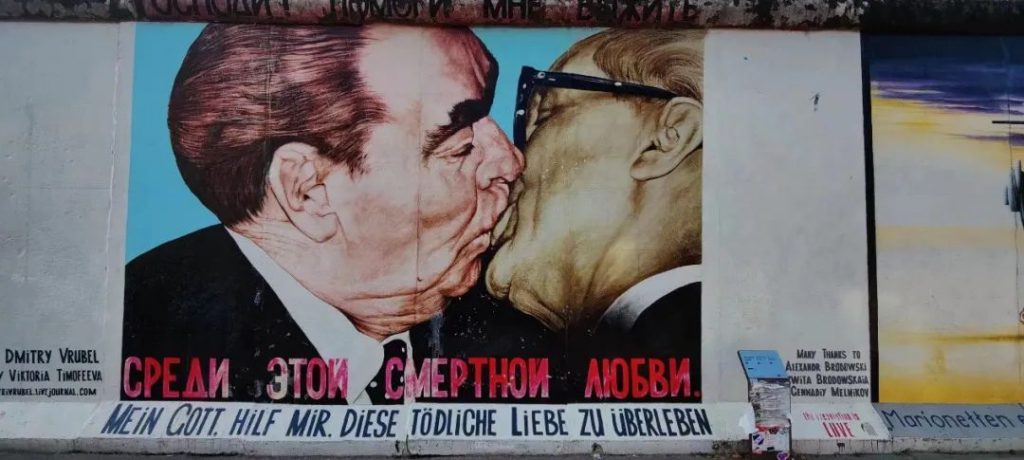
Later on, we saw much more of East Germany in Hohenschonhausen Stasi Prison, a massive facility that facilitates the incarceration, interrogation and indictment of political opponents, Nazis, etc. In the early stages of the Cold War, cold, damp, dark dungeons were used for starvation, sleep deprivation, dunking and other physical methods of tortures. With the joining of East Germany to the United Nations, these had to be substituted by mental torture (isolation, silence, bad-cop-good-cop). The cells look comfortable, until people realize there was careful care not to let prisoners see another fellow prisoner, including a full lighting system built so guards operate to these standards. Talking to an interrogator became quite the occasion. The incarcerations require little evidence, as the Stasi know of the prisoner’s details. All that mattered was getting the incarcerated to sign the form that admits to the thoughtcrimes.
The Topographie des Terrors holds a complete story of multiple facets of Nazi rule, from how they rose to power, the control on thought they exhibited and, most importantly, the atrocities they committed. The Topographie des Terrors, being the ex-headquarters of the Schustaffel and the SA, houses soul-striking scenes of mass graves that contain not the remains of men, but those of women and children, simply because they could not produce quality work for the labor camps.
Prague
The streets of Prague differ from those of Berlin through its cleanliness and its varied altitudes, with narrower alleyways, cobblestone streets and its many statues. Our guide is an old Czech man, who took us through Prague. We passed by the Prague Radio building, St. Wenceslaus square, Old Town Square, and concluded the tour in the communist museum. We’ve seen the memorials of Jan Palach, who committed self-immolation in protest of Soviet occupation, the astronomical clock, and much more. My deepest impression was the personal memories of our guide. “My friends [and I] were lucky. We escaped through this alleyway, so we weren’t caught by the [communist] police.”, he told us when recalling his participation in one of Prague’s riots as a young student. Seeing a living testament to an important past felt magical and a bit incomprehensible. In the Museum of Communism, listening to actual recounts of communist athletic propaganda and the memories of nuclear fallout drills puts History in front of our eyes better than any text could.
The final day was mainly an exploration of the old city of Prague. Starting first was a visit of a Soviet nuclear bunker. The door opens to an overwhelming smell of stale, dusty air and a spiral staircase that reaches 60m below the ground. If the lights are switched off, it is impossible to see anything. The labyrinth of narrow concrete tubes has tubing overhead for the filtering machinery. Storerooms were full of outdated ammunition, and, most importantly, gas masks. Lines of mannequins of children and adults sported gas masks.
The Prague Castle was the last station of our tour. The Prague Castle, the largest remaining castle complex in the world, perched on a high mountain, watches over the entire city of Prague. The St. Vitus Cathedral is the center of the palace. The dull grey glass windows liven up when viewed from the inside to form a rainbow of murals, illustrating the many sacred stories of Christianity. The remains of many patron saints, including the man behind the construction of the first stage of the cathedral, St. Wenceslaus and John of Nepomuk, who was drowned to death protecting a secret. The cathedral is the strongest testament to the strong history of Prague as the capital of the Holy Roman Empire.
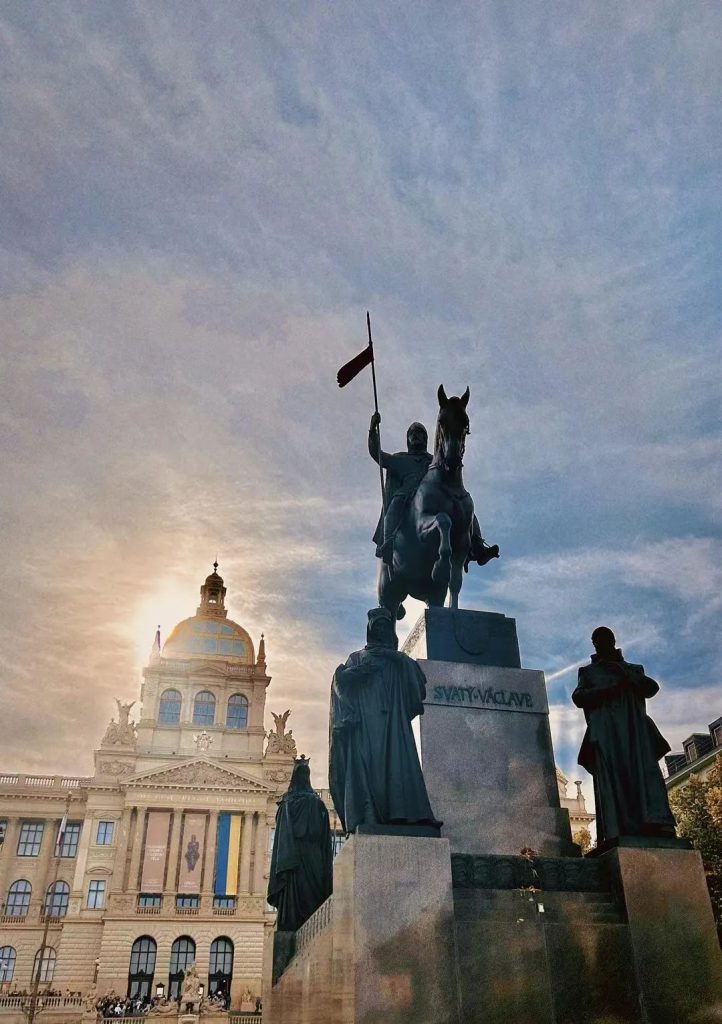
The streets of Prague differ from those of Berlin through its cleanliness and its varied altitudes, with narrower alleyways, cobblestone streets and its many statues. Our guide is an old Czech man, who took us through Prague. We passed by the Prague Radio building, St. Wenceslaus square, Old Town Square, and concluded the tour in the communist museum. We’ve seen the memorials of Jan Palach, who committed self-immolation in protest of Soviet occupation, the astronomical clock, and much more. My deepest impression was the personal memories of our guide. “My friends [and I] were lucky. We escaped through this alleyway, so we weren’t caught by the [communist] police.”, he told us when recalling his participation in one of Prague’s riots as a young student. Seeing a living testament to an important past felt magical and a bit incomprehensible. In the Museum of Communism, listening to actual recounts of communist athletic propaganda and the memories of nuclear fallout drills puts History in front of our eyes better than any text could.
The final day was mainly an exploration of the old city of Prague. Starting first was a visit of a Soviet nuclear bunker. The door opens to an overwhelming smell of stale, dusty air and a spiral staircase that reaches 60m below the ground. If the lights are switched off, it is impossible to see anything. The labyrinth of narrow concrete tubes has tubing overhead for the filtering machinery. Storerooms were full of outdated ammunition, and, most importantly, gas masks. Lines of mannequins of children and adults sported gas masks.

The Prague Castle was the last station of our tour. The Prague Castle, the largest remaining castle complex in the world, perched on a high mountain, watches over the entire city of Prague. The St. Vitus Cathedral is the center of the palace. The dull grey glass windows liven up when viewed from the inside to form a rainbow of murals, illustrating the many sacred stories of Christianity. The remains of many patron saints, including the man behind the construction of the first stage of the cathedral, St. Wenceslaus and John of Nepomuk, who was drowned to death protecting a secret. The cathedral is the strongest testament to the strong history of Prague as the capital of the Holy Roman Empire.


The day of departure, my group ascended to the top of the Prague TV Tower to catch a final glimpse of Prague. A few hours later, our plane rose into the setting sun.
On our flight back to Hong Kong, I finished the book 1984 by George Orwell. “Those who control the present, controls the past and those who control the past control the future.” We are lucky Big Brother never got the chance to distort the past. Thus, we need to cherish our real nightmares of the past, by memory or by words, in order to control our future.
- Article / Richard Zhang

